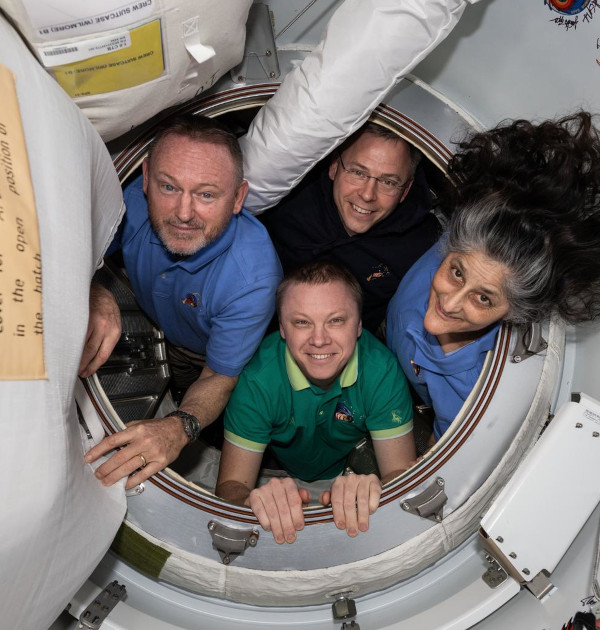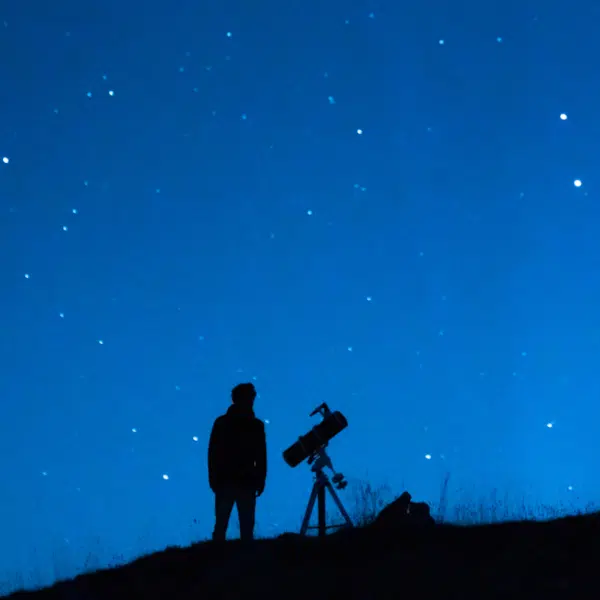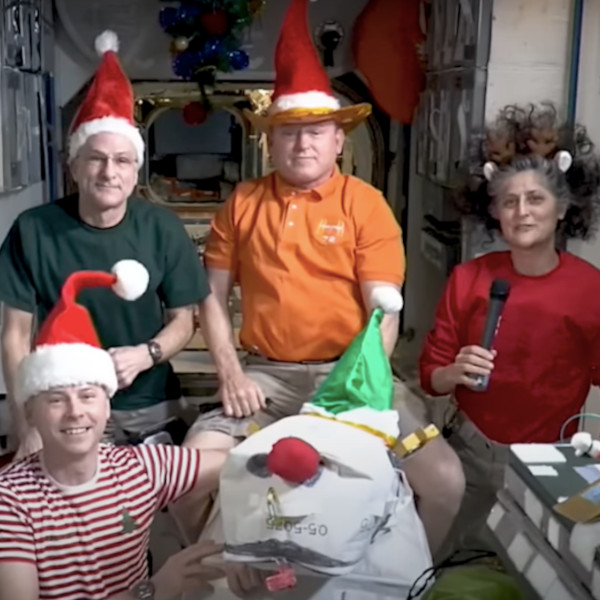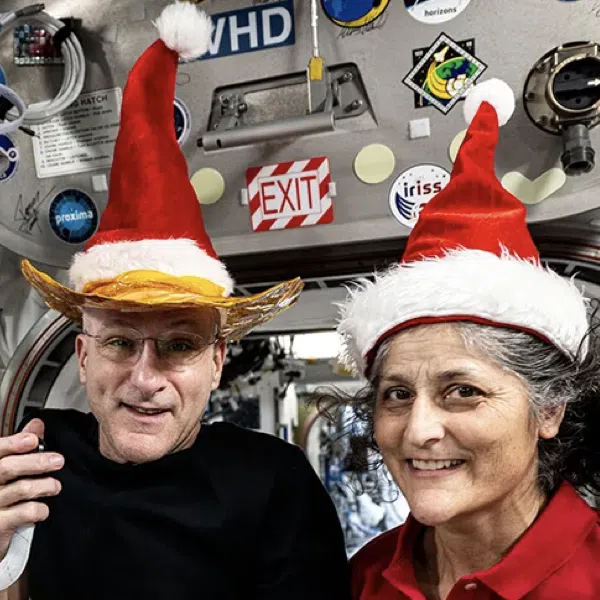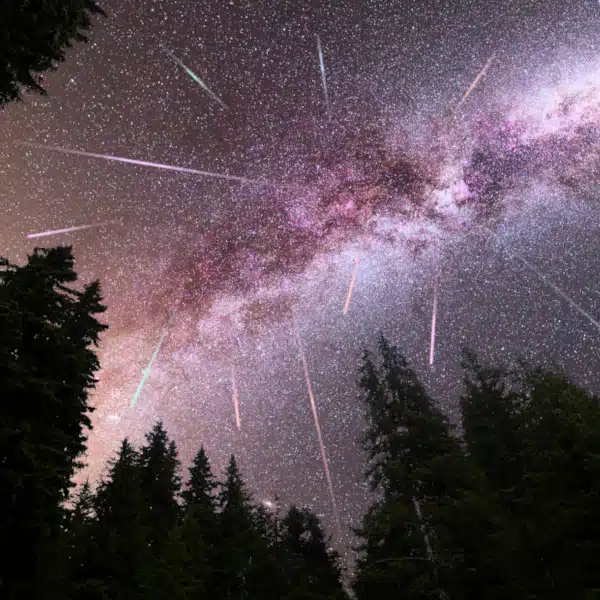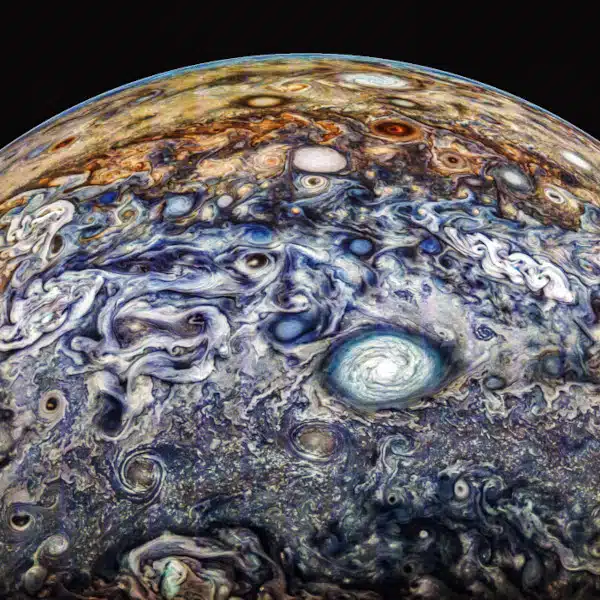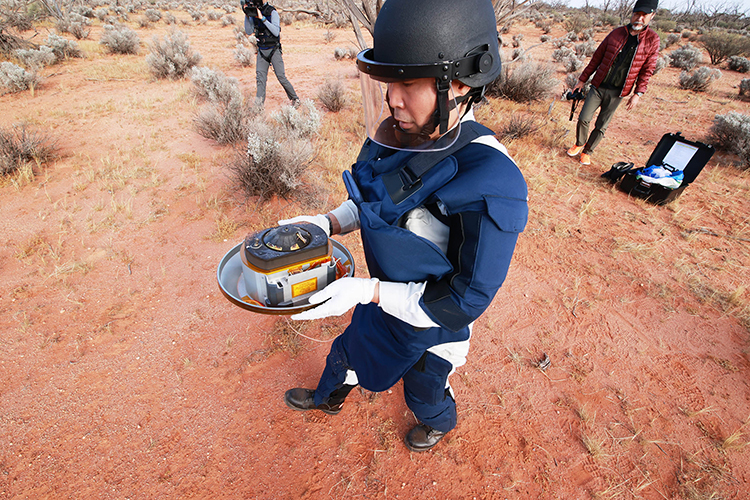
The JAXA Hyabusa 2 Capsule after discovery on December 6 in Australia. (Photo: JAXA)
Most space rocks which arrive on Earth burn their way through our atmosphere. These rocks either vaporize or remain intact before crash landing—sometimes in someone's living room. However, one small chunk of space rock just made a much more dignified descent to Earth. Encased in a 15-inch capsule, samples collected from the asteroid Ryugu landed in the Australian outback on Saturday. Obtained by Japan Aerospace Exploration Agency (JAXA) using their Hayabusa2 spacecraft, the small samples will be interrogated by scientists who hope their contents can provide clues to the origins of planets and life within our Solar System.
In 2014, JAXA launched the Hayabusa2 on a multi-year mission to collect asteroid materials and return them safely to Earth. The asteroid Ryugu (meaning dragon palace) orbits the sun on a path between Mars and Earth. 190 million miles from Earth, the spacecraft reached the asteroid in 2018. Two samples were collected: a surface specimen and an internal specimen taken after blasting away the asteroid's surface. The small samples left the asteroid with Hayabusa2 in 2019 and spent a year in transit towards Earth. However, only the capsule itself returned to our planet. Ejected from 136,700 miles above Earth's surface, the capsule made its own descent while the spacecraft moves on to its next asteroid collection mission. Japanese scientists awaiting the capsule's descent have since collected the samples and begun extracting the gases contained within them. After this first research phase, the samples will be sent to Japan for further study.
The samples taken from Ryugu are of great interest to scientists. Meteorites are pieces of asteroids or meteoroids—space rocks of different sizes—which fall to Earth. However, while valuable for their metallurgic contents and other properties, these samples are damaged by their fiery descent through our atmosphere. The Ryugu samples, in contrast, have been preserved due to their specially designed capsule. As a result, scientists at JAXA hope to analyze the organic material contained within the samples. Asteroids date back to the Solar System's beginnings 4.57 billion years ago. Samples from Ryugu are therefore almost a time capsule themselves for the study of planetary origins. It is possible that the mineral, gas, and organic matter contained within the specimens will shed light on the numerous omnipresent questions of space exploration: the development of environments capable of sustaining life forms.
To learn more about the Hayabusa2 mission and JAXA's further plans for space exploration, check out the project webpage and JAXA Hayabusa2's Twitter.
The Japan Aerospace Exploration Agency (JAXA) collected a capsule of asteroid samples ejected by their Hayabusa2 spacecraft, which landed in the Australian outback this weekend.
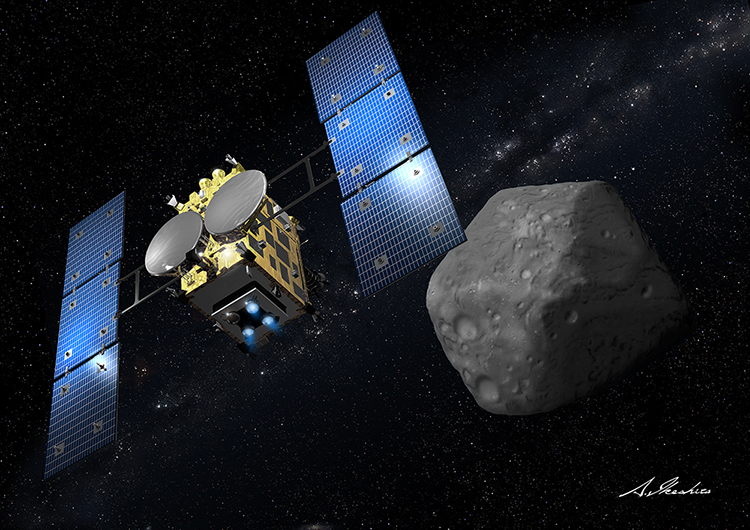
An artistic illustration by Mr. Akihiro Ikeshita of the Hayabusa2 spacecraft’s rendezvous with the asteroid Ryugu. (Photo: JAXA via the Australian Department of Defence)
The 6-year mission culminated in the arrival of the tiny samples which may include information hinting at the origins of our Solar System and the life within it.
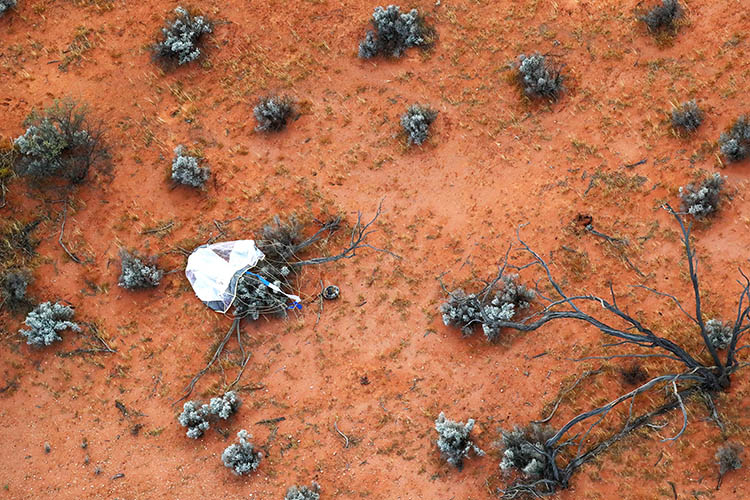
The Hayabasu2 capsule with its parachute. (Photo: JAXA)
The capsule's contents first had its gasses extracted for study, then they were transported to Japan for further study.
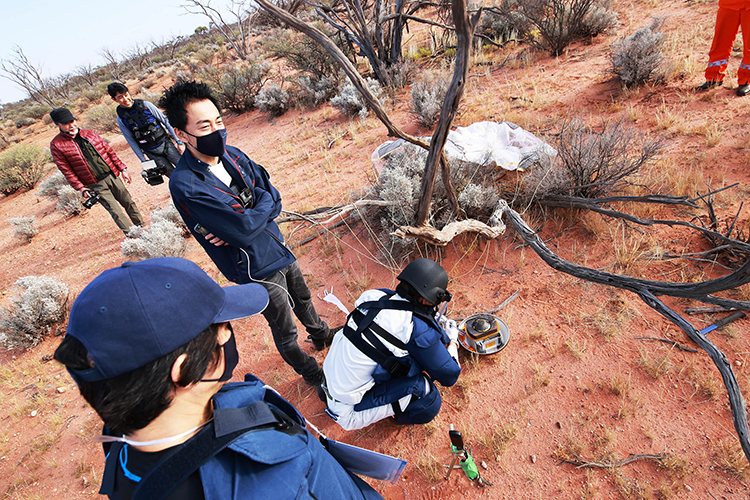
The Hayabasu2 reentry capsule is examined. (Photo: JAXA)
JAXA: Website | Twitter | Instagram
h/t: [CBS News, Mashable]
Related Articles:
NASA Successfully Landed a Spacecraft on an Asteroid for the First Time in History
First Photos From Historic Landing of Japanese Rovers on an Asteroid
Incredible Video Reveals the Inner Workings of Rockets When They Launch
NASA Says About 300 Million Habitable Planets Could Exist in the Milky Way
NASA Is Going to Visit a Gold and Precious Metal Asteroid Worth $700 Quintillion












































































